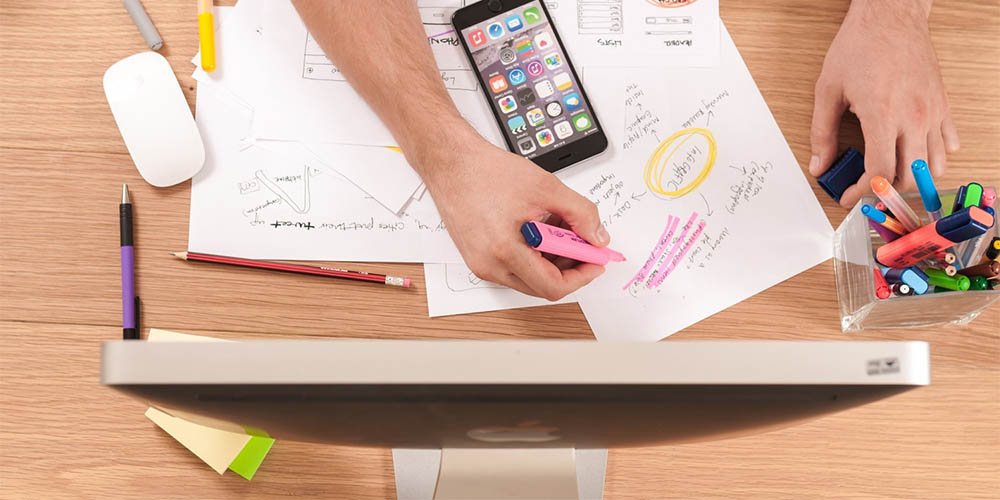
If you’re working on a creative project for your business – new sales literature, a website, campaign materials, etc. – how do you know when your concept and design is “good enough?”
The creative process can be challenging for non-designers and designers alike. But the key to success is to follow a clear process throughout the design project with specific criteria you’ll use to evaluate the work. The key to success is to carefully manage the design project.
There are two major stages in every design project:
• Concept: Creating the overarching idea/theme for an ad, campaign, or creative piece. In the concept stage you’ll choose the general message, the rough copy, the general layout and “look and feel” of the piece.
• Execution: Working through the details that bring the concept to life. In this stage you’ll finalize the images, layout, colors, fonts, headline, paper, copy, etc.
To improve your design process, focus on the right elements at the right time. It’s easy to look at initial concepts and get stuck on executional elements rather than concept itself. For example, if a designer presents you with 20 logos, you may be most drawn to those that use a particular color palette.
My second tip: Establish specific goals for your piece, whatever it is. Try to make the process as objective as possible. It’s challenging, but when you lean toward objectivity, you can avoid a great deal of re-work and headache that adds time and cost to design projects with (frequently) little measurable improvement to the end product.
5-Step Process to Manage a Design Project
Here’s the process
1. Define your goals in a creative brief. The brief is a document that you and your creative team (writers, designers) will reference throughout the project. Use it to list your deadlines, background and creative requirements for the project. For example, you’ll explain your offer/call-to-action, key messages, rough copy and content, mechanical requirements, and your branding requirements (colors, tone, personality, etc.).
2. Identify concepts. If you have a design team or vendor, they’ll use your creative brief to generate a number of rough concepts, storyboards, drawings etc. for you to review. If you’re creating the piece on your own, get your team together and brainstorm if appropriate. You’re looking for overarching ideas that you can flesh out and finalize in later stages.
3. Hone in on one or two concepts. Your goal is to narrow down to one or two that best meet your criteria for the project. Ask whether the concept inspires the necessary action from your target audience. Be as objective as possible and concentrate on what the creative is suppose to achieve, not the nitty gritty details of the design itself.
4. Refine the execution. Here’s where you can focus on the final details – photography, final copy, graphics, colors, etc. If you’ve done a great job with your creative brief, it will be much easier for your design team to produce a piece that meets your criteria.
5. Produce the piece. Hopefully you’ve stayed on schedule and on budget. If not, look back at what went wrong … you can learn something for the next project. For an interesting look at concept development, you may want to explore this website that covers the evolution of the early Volkswagen campaigns.